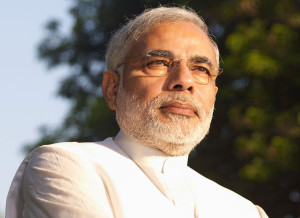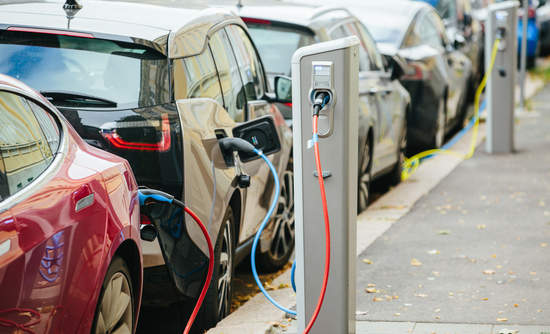
 Exploiting the overall industry optimism abounding the Narendra Modi government, the Reserve Bank of India has come up with its bit to give a fillip to the infrastructure sector.
Exploiting the overall industry optimism abounding the Narendra Modi government, the Reserve Bank of India has come up with its bit to give a fillip to the infrastructure sector.
Even before Mr Modi – the man in the eye of the storm – actually took over the reins of the country, the RBI proposed to relieve banks of CRR (Cash Reserve Ratio) and SLR (Statutory Liquidity Ratio) obligations with regard to infrastructure funding.
RBI Governor Raghuram Rajan has said that investment needs of the economy, especially long-term investment in areas like infrastructure, have increased. Therefore, “to create space for financing, the government has to pre-empt less of the banking system’s assets”, he said addressing the Annual Day of the Competition Commission of India (CCI) in the national capital recently.
Passage of the RBI proposal would definitely give a boost to the NDA Government’s big-ticket infrastructure proposals.
In fact, as the BJP in its election manifesto has promised 100 new cities and high-speed bullet trains, heavy-duty infrastructure constructions will be crucial to the Modi government’s agenda for revival of the economy.
The infrastructure sector requires long-term funding commitments, but the CRR and SLR obligations disadvantage banks vis-a-vis other financial institutions in raising and lending of long-term money.
The RBI Governor said that since construction lasts for five-seven years, “banks should be able to raise long-tenor money for these purposes”.
Both CRR and SLR limit the amounts that banks can lend. CRR is the minimum percentage of deposits a bank must keep as currency chests or deposit with the RBI, whereas SLR is the minimum percentage of deposits a bank must maintain in the form of gold, cash or other approved securities.





















